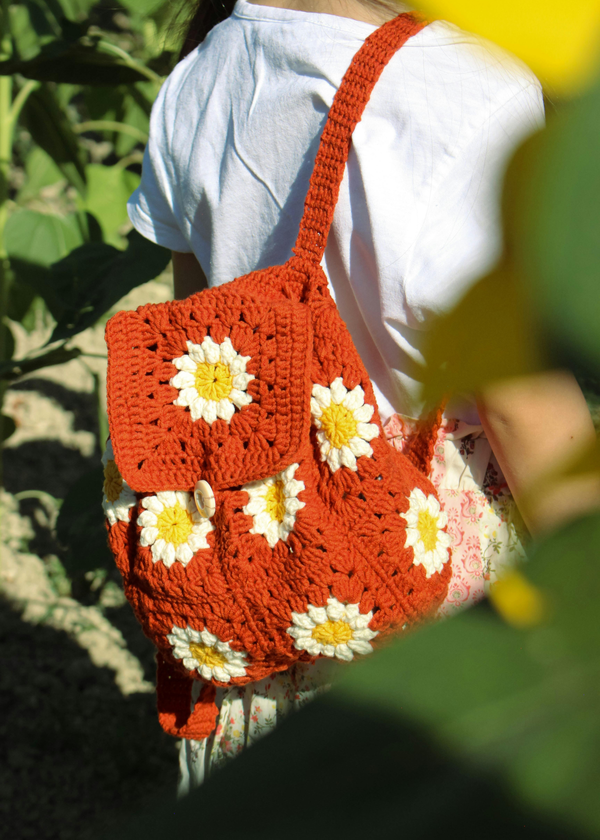In an age where technology continues to infiltrate every aspect of our lives, it's no surprise that our pets are also reaping the benefits of innovation.
Gone are the days when feeding your furry friend involved a simple bowl of kibble; now, we have smart feeders.
These ingenious devices are changing the way we care for our pets, offering convenience, precision, and peace of mind to pet owners.
In this comprehensive guide, we will explore the inner workings of smart feeders, from their basic functionalities to the advanced features that make them a staple in modern pet care.
The Basics of Smart Feeders
1. What Is a Smart Feeder?
A smart feeder is a high-tech device designed to automate the process of feeding your pets. It consists of a container for storing pet food, a mechanism for dispensing the food, and various sensors and electronics that allow for control and monitoring. Smart feeders are often connected to the internet, allowing pet owners to manage their pets' feeding schedules remotely using a smartphone app or a web interface.
2. The Components of a Smart Feeder
- Food Storage Container: This is where the pet food is stored. Smart feeders come in various sizes, accommodating different amounts of food to suit various pet sizes and feeding frequencies.
- Dispensing Mechanism: The heart of the smart feeder, this component is responsible for dispensing the right amount of food at the scheduled time. It can use various mechanisms like augers, rotating bowls, or conveyor belts.
- Power Source: Smart feeders are usually powered by electricity, batteries, or a combination of both. Battery backup ensures that your pet won't miss a meal even during power outages.
- Control Interface: This can be physical buttons on the feeder itself or a more advanced touchscreen display. For remote control, most smart feeders connect to Wi-Fi, allowing you to adjust settings through an app on your smartphone or computer.
- Sensors: Sensors like motion detectors, weight sensors, and cameras are often integrated into smart feeders. These sensors play a crucial role in ensuring the right amount of food is dispensed and monitoring your pet's feeding habits.
3. How Does a Smart Feeder Know When to Dispense Food?
Smart feeders use a combination of timers, sensors, and programming to determine when to dispense food. Here's a breakdown of how it works:
- Programmed Schedule: Pet owners set a feeding schedule through the smart feeder's control interface or app. This schedule dictates when the feeder should dispense food.
- Sensors: Smart feeders often employ various sensors to confirm that it's the right time to dispense food. For example, motion sensors can detect if your pet is nearby, ensuring food is not dispensed if your pet is not present.
- Weight Sensors: Some advanced smart feeders have weight sensors to measure the amount of food remaining in the container. If the weight falls below a certain threshold, the feeder knows it's time to refill the bowl.
- Camera and Image Recognition: High-end smart feeders come equipped with cameras that allow pet owners to monitor their pets remotely. Some even have image recognition technology, so you can check if your pet has been fed by viewing snapshots or video clips.
The Benefits of Using a Smart Feeder
Now that we have a grasp of the fundamental components and operations of smart feeders, let's delve into the numerous advantages they offer to both pet owners and their beloved companions.
1. Feeding Consistency
One of the most significant benefits of smart feeders is their ability to provide consistent and reliable feeding schedules. Whether you're stuck at work, traveling, or simply busy with other responsibilities, your pet will never miss a meal.
2. Portion Control
Maintaining proper portion control is essential for your pet's health. Smart feeders allow you to accurately measure and dispense the right amount of food, preventing overfeeding or underfeeding. This is especially crucial for pets with dietary restrictions or weight management needs.
3. Customizable Feeding Schedules
Smart feeders offer flexibility in creating customized feeding schedules to suit your pet's specific needs. You can set multiple feeding times throughout the day or even staggered meals for pets with dietary restrictions.
4. Remote Monitoring
Thanks to the internet connectivity of smart feeders, you can monitor your pet's feeding habits and behavior remotely. Some advanced models even provide live video feeds, allowing you to check in on your pet from anywhere in the world.
5. Peace of Mind
Smart feeders provide peace of mind to pet owners, knowing that their pets are well-fed and cared for even when they're not at home. This reduces anxiety for both the pet and the owner.
6. Reduced Pet Obesity
With portion control and scheduled feeding, smart feeders can help combat the growing issue of pet obesity. By ensuring that your pet receives the right amount of food at the right times, you can contribute to their overall health and well-being.
Advanced Features and Future Innovations
As technology continues to advance, so do smart feeders. Manufacturers are constantly adding new features and improving existing ones to make pet care even more convenient and enjoyable. Here are some advanced features and future innovations to keep an eye on:
1. Voice Commands
Some smart feeders are integrating voice recognition technology, allowing you to feed your pet with a simple voice command. This feature is particularly useful if you have a busy morning routine.
2. Portion Adjustment
The ability to adjust portion sizes remotely through a smartphone app is becoming more common. This feature is handy if your pet's dietary needs change over time.
3. Integration with Smart Home Ecosystems
Smart feeders are increasingly compatible with popular smart home ecosystems like Amazon Alexa and Google Assistant. This integration allows for seamless control and automation within your smart home setup.
4. Enhanced Security and Safety
Manufacturers are continuously improving the security and safety features of smart feeders to prevent unauthorized access and protect pets from tampering.
5. Health Monitoring
Some future smart feeders may include health monitoring features, such as tracking your pet's eating habits, weight trends, and even analyzing food ingredients for allergens or quality.
Choosing the Right Smart Feeder
With the variety of smart feeders available on the market, it's essential to choose the one that best suits your pet's needs and your lifestyle. Here are some factors to consider when selecting a smart feeder:
1. Pet Size and Dietary Needs
Consider the size and dietary requirements of your pet. Some smart feeders are designed for small pets, while others are suitable for larger breeds. Additionally, if your pet has specific dietary restrictions, ensure the feeder can accommodate those needs.
2. Feeding Schedule
Think about your pet's feeding schedule. If you have a busy lifestyle and need a feeder with multiple programmable meals, choose one that offers this flexibility.
3. Internet Connectivity
Check the internet connectivity options available with the smart feeder. Wi-Fi connectivity allows for remote control and monitoring, while non-connected feeders rely solely on preset schedules.
4. Power Source
Consider the power source. If you live in an area prone to power outages, a feeder with battery backup might be essential to ensure your pet is always fed on time.
5. Budget
Lastly, consider your budget. Smart feeders come in a range of price points, so choose one that meets your needs without breaking the bank.
Conclusion:
In conclusion, smart feeders are revolutionizing the way we care for our pets.
These innovative devices offer convenience, precision, and peace of mind to pet owners while contributing to the overall health and well-being of our furry friends.
With advanced features on the horizon, the future of smart feeders looks promising, promising even more seamless integration into our daily lives.
As technology continues to evolve, so does our ability to provide the best care possible for our beloved pets.
So, why not embrace the future of pet care with a smart feeder? Your pet will thank you for it.








